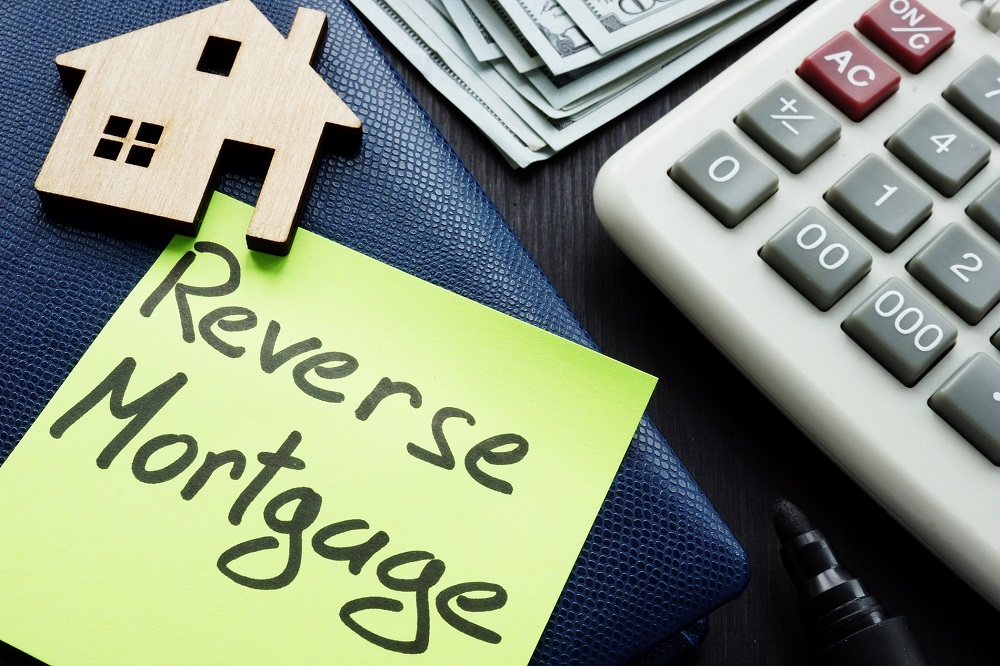A reverse mortgage is actually a type of loan, and is among the many vehicles used by people who are 62 years old or more aged, for turning home equity into cash. It is also referred to as lifetime mortgage and is meant for only senior citizens. There have been big reverse mortgage changes in recent years, so be sure to educate yourself about the process.
How Do These Work?
This type of loan can be used to pull out equity in a home in either lump sum, line of credit, or consistent monthly payments. Reverse mortgages can offer the necessary cash to seniors, the net worth of whom is tied up mostly in their property value. Funds can be used to travel and enjoy life, pay medical expenses, or any other purpose.
In case of a reverse mortgage, the homeowner does not have to pay anything to the lender during their lifetime. It is the other way round in fact. A homeowner is able to choose how he can get the payments and only has to pay interest from the proceeds that are obtained. The interest happens to be rolled into the loan balance, so that no upfront payment has to be made by the homeowner. The owner can also keep the home title.
The best thing about such a loan is the fact that homeowners can postpone their loan repayment responsibility until they are deceased, or until the owner leaves the home or the house itself is not occupied by the borrower.
Types of Reverse Mortgages
These are of various types, with some costlier than the others. It is important to know about them. Generally, these are classified into 3 types:
- Government mortgages – These are often referred to as “single purpose reverse mortgages” and are offered by the local and state governments. Such loans are generally the most affordable types of reverse mortgages. These can come with the most restrictions about how the loan may be used.
- HECM (Home Equity Conversion Mortgages) – These are insured federally. Such loans are almost always more affordable than other reverse mortgages that are offered by the private sector, although costlier than those offered by local and state governments.
- Proprietary reverse mortgages – These are given by private sector firms, and are the most expensive of the three types of reverse mortgages.
How to Qualify for Reverse Mortgages – Eligibility Criteria
Every home owner needs to apply for such a loan and sign appropriate reverse mortgage papers. In order to qualify for this loan, the borrower needs to satisfy the following criteria:
- Should be a minimum of 62 years or more in age
- Must have own home
- Satisfy the HUD-established financial eligibility criteria
The sum that can be accessed from home equity rests on a calculation of FHA (Federal Housing Administration) that takes these factors in consideration:
- Present market worth of the property
- How old the youngest homeowner is
- Balance on the current mortgage loans
- Rates of interest
Generally, a reverse mortgage is a first lien position, which indicates that no other loans or mortgages can be there against the property – an equity line for example. Typically, with a reverse mortgage, a person does not need to own his house “free and clear” but must have sufficient equity to qualify.


